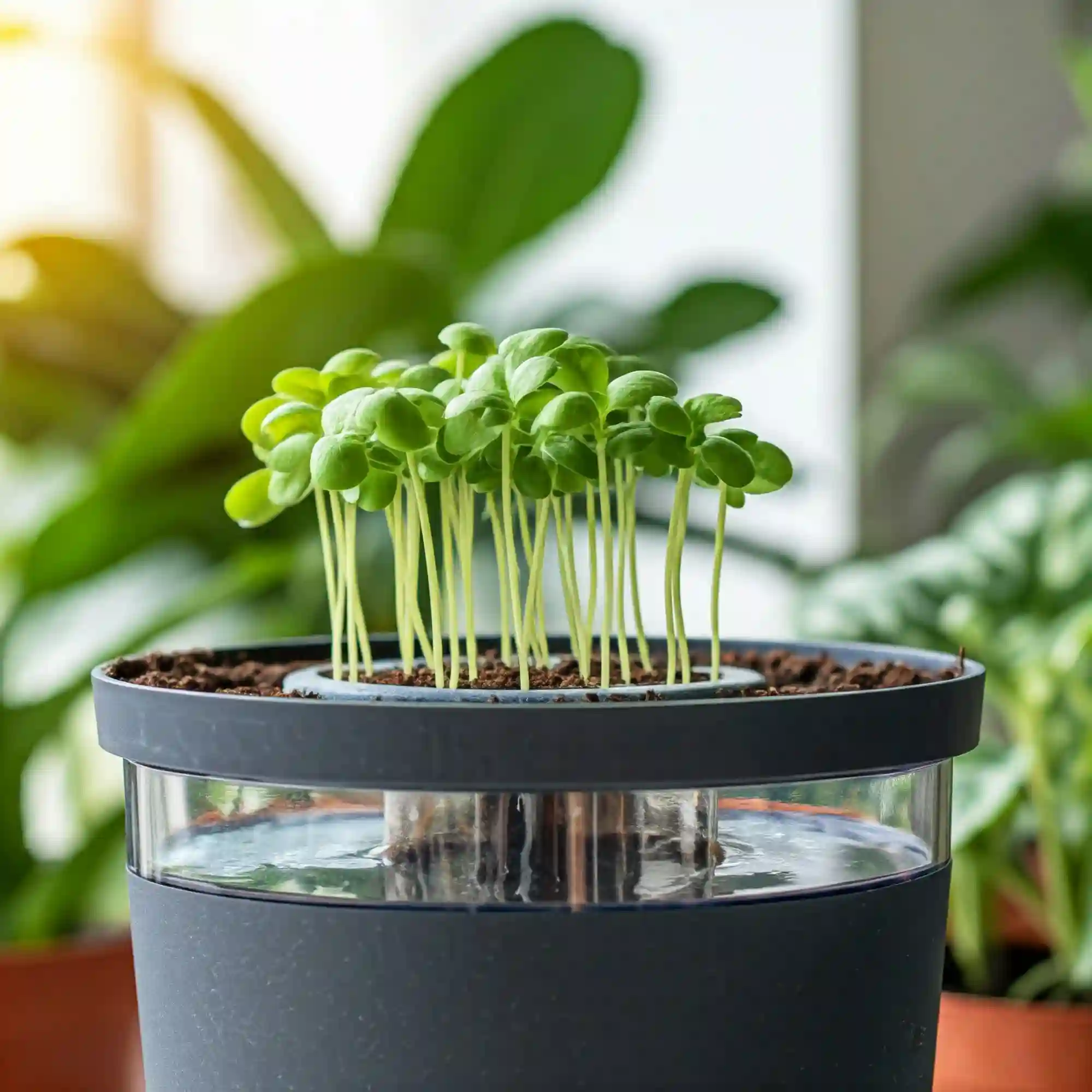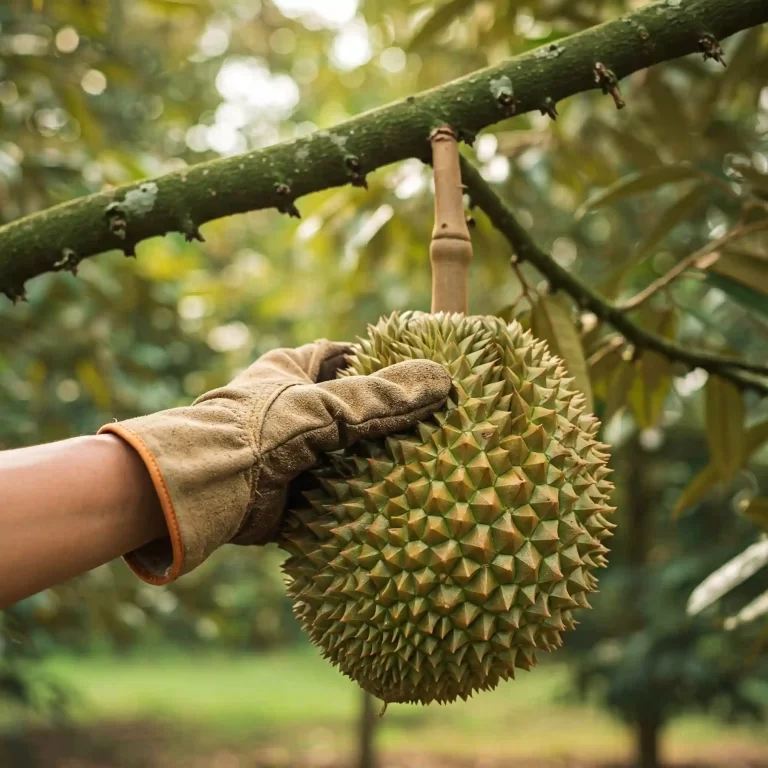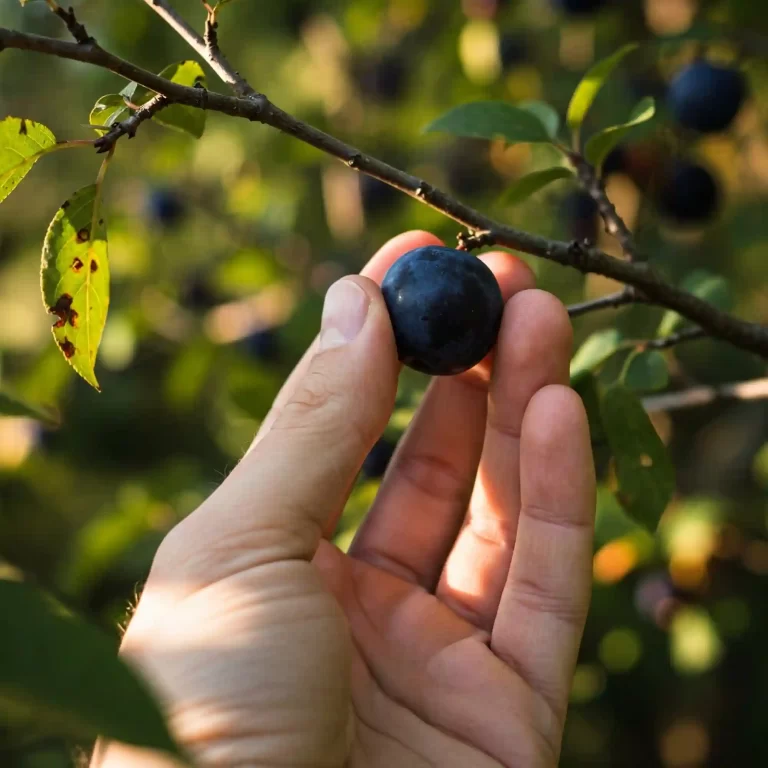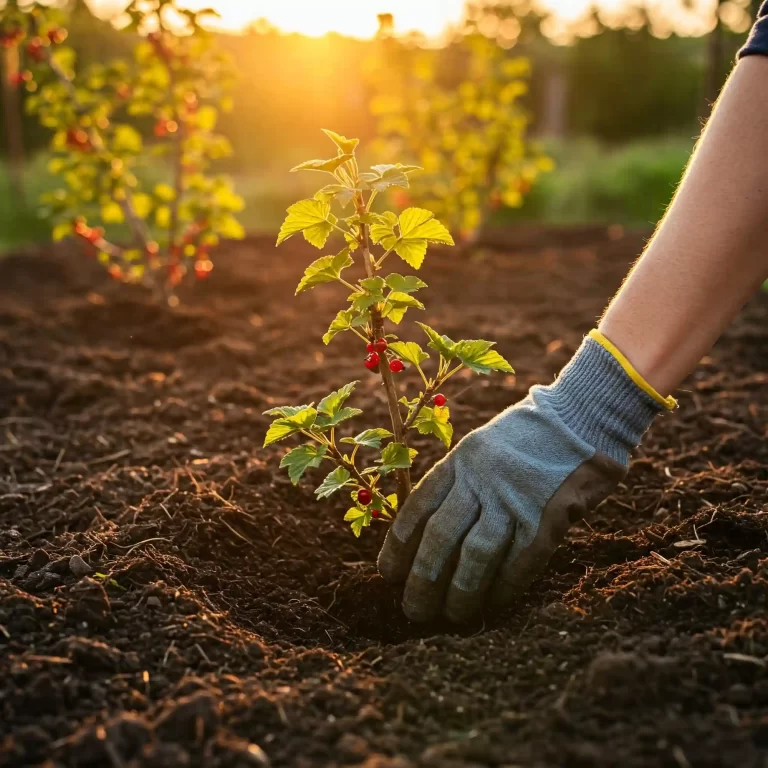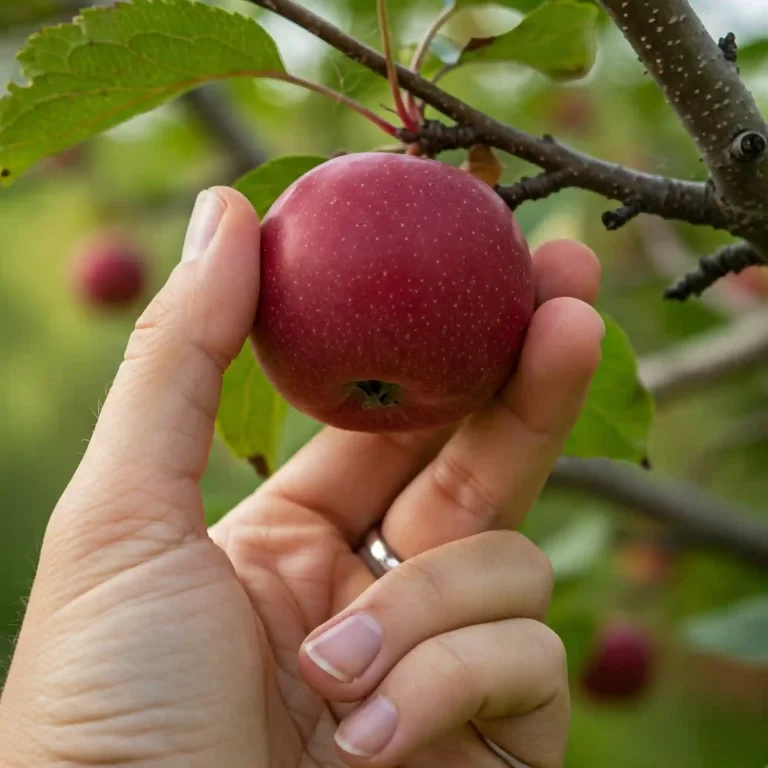Are you tired of constantly worrying about whether your plants are getting enough water? Do you find yourself either overwatering or underwatering your beloved garden? This is a common struggle for many gardeners, especially those with busy schedules.
The frustration of seeing your plants wilt or suffer due to inconsistent watering can be disheartening. It feels like no matter how hard you try, maintaining the perfect balance of moisture is a never-ending challenge. This can lead to stress and even a loss of interest in gardening.
Enter self-watering pots. These innovative gardening tools are designed to take the guesswork out of watering, ensuring your plants receive the right amount of moisture consistently. In this comprehensive guide, we’ll explore everything you need to know about self-watering pots, from how they work to the best options available. Whether you’re a seasoned gardener or just starting out, this guide will help you make the most of these game-changing pots.
What Are Self-Watering Pots?
Self-watering pots are a revolutionary solution for gardeners who want to ensure their plants receive consistent moisture without the hassle of daily watering. These pots are designed with a built-in water reservoir that supplies water to the plant’s roots through a wicking system. This method mimics the natural process of capillary action, where water moves from the reservoir to the soil as needed, keeping the soil consistently moist.
Definition and Basic Concept
At its core, a self-watering pot consists of two main components: the pot itself and a water reservoir. The pot holds the plant and soil, while the reservoir stores water. A wicking system, often made of a porous material like cotton or a synthetic wick, connects the soil to the water reservoir. As the soil dries out, the wick draws water from the reservoir into the soil, maintaining a consistent level of moisture.
History and Development
The concept of self-watering pots dates back to ancient times when farmers used clay pots buried in the ground to irrigate their crops. These early methods relied on the natural porosity of clay to slowly release water into the soil. Modern self-watering pots have evolved significantly, incorporating advanced materials and designs to improve efficiency and ease of use.
In the 20th century, self-watering pots gained popularity among urban gardeners and those with limited time for plant care. The development of new materials like plastic and the introduction of innovative designs have made self-watering pots more accessible and effective.
Popularity Among Gardeners
Today, self-watering pots are widely used by gardeners of all skill levels. They are particularly popular among urban gardeners, busy professionals, and anyone looking to simplify their plant care routine. The convenience and efficiency of self-watering pots make them an attractive option for maintaining healthy plants with minimal effort.
How Do Self-Watering Pots Work?
Understanding how self-watering pots work can help you make the most of these innovative gardening tools. The key to their functionality lies in the wicking system and the water reservoir.
Explanation of the Wicking System
The wicking system is the heart of a self-watering pot. It consists of a wick, usually made of a porous material, that connects the soil to the water reservoir. The wick draws water from the reservoir into the soil through capillary action. This process ensures that the soil remains consistently moist, providing the plant with a steady supply of water.
Role of the Water Reservoir
The water reservoir is a crucial component of a self-watering pot. It stores water and supplies it to the plant as needed. The size of the reservoir can vary depending on the design of the pot, but it typically holds enough water to sustain the plant for several days or even weeks. This reduces the need for frequent watering and helps prevent overwatering or underwatering.
Capillary Action and Soil Moisture Regulation
Capillary action is the process by which water moves through a porous material, such as the wick in a self-watering pot. As the soil dries out, it creates a suction force that draws water from the reservoir through the wick and into the soil. This natural process ensures that the soil remains consistently moist, providing the plant with the right amount of water.
Visual Diagram of a Self-Watering Pot
To better understand how self-watering pots work, let’s look at a visual diagram:
| Component | Description |
| Pot | Holds the plant and soil |
| Water Reservoir | Stores water and supplies it to the plant through the wicking system |
| Wick | Connects the soil to the water reservoir and draws water through capillary action |
| Overflow Drainage | Prevents overfilling and allows excess water to drain out |
This diagram illustrates the basic components of a self-watering pot and how they work together to maintain consistent soil moisture.
Benefits of Using Self-Watering Pots
Self-watering pots offer numerous benefits that make them an excellent choice for gardeners of all levels. Here are some of the key advantages:
Water Conservation
One of the most significant benefits of self-watering pots is their ability to conserve water. The water reservoir ensures that water is delivered directly to the plant’s roots, reducing evaporation and runoff. This efficient use of water is especially important in areas with water restrictions or during dry seasons.
Reduced Maintenance
Self-watering pots significantly reduce the need for frequent watering. The water reservoir can hold enough water to sustain the plant for several days or even weeks, depending on the size of the pot and the plant’s water needs. This makes self-watering pots ideal for busy gardeners or those who travel frequently.
Healthier Plants
Consistent soil moisture is crucial for healthy plant growth. Self-watering pots provide a steady supply of water, preventing the stress caused by overwatering or underwatering. This consistent moisture level promotes strong root development and overall plant health.
Ideal for Busy Gardeners
For gardeners with busy schedules, self-watering pots offer a convenient solution. The reduced need for daily watering allows gardeners to enjoy their plants without the constant worry of maintaining proper moisture levels. This convenience makes gardening more enjoyable and less stressful.
Suitable for Indoor and Outdoor Use
Self-watering pots are versatile and can be used both indoors and outdoors. They are perfect for indoor plants that require consistent moisture, such as tropical plants and herbs. Outdoor plants, including vegetables and flowers, also benefit from the consistent watering provided by self-watering pots.
Types of Self-Watering Pots
There are several types of self-watering pots available, each with its own advantages and disadvantages. Understanding the different types can help you choose the best option for your gardening needs.
Plastic Self-Watering Pots
Plastic self-watering pots are lightweight, durable, and affordable. They are available in various sizes and designs, making them a popular choice for both indoor and outdoor use. Plastic pots are also easy to clean and maintain.
Ceramic Self-Watering Pots
Ceramic self-watering pots are known for their aesthetic appeal and durability. They are often used for indoor plants and can add a decorative touch to your home. However, ceramic pots can be heavier and more expensive than plastic pots.
DIY Self-Watering Pots
For those who enjoy DIY projects, creating your own self-watering pots can be a fun and cost-effective option. DIY self-watering pots can be made from various materials, including plastic bottles, buckets, and containers. This allows for customization and creativity in your gardening setup.
Comparison of Different Materials and Their Pros and Cons
| Material | Pros | Cons |
| Plastic | Lightweight, affordable, easy to clean | Less durable, can degrade over time |
| Ceramic | Aesthetic appeal, durable | Heavier, more expensive |
| DIY | Customizable, cost-effective | Requires time and effort to create |
Understanding the pros and cons of each type of self-watering pot can help you make an informed decision based on your specific needs and preferences.
Best Self-Watering Pots for Different Plants
Different plants have varying water needs, and choosing the right self-watering pot can help ensure optimal growth and health. Here are some recommendations for the best self-watering pots for various types of plants:
Self-Watering Pots for Vegetables
Vegetables, such as tomatoes, peppers, and cucumbers, thrive in self-watering pots. These pots provide consistent moisture, which is essential for the healthy growth of vegetable plants. Look for larger pots with ample water reservoirs to accommodate the water needs of these plants.
Self-Watering Pots for Herbs
Herbs, such as basil, mint, and parsley, benefit from the consistent moisture provided by self-watering pots. Smaller pots with adequate drainage and a reliable wicking system are ideal for growing herbs indoors or on a balcony.
Self-Watering Pots for Indoor Plants
Indoor plants, such as peace lilies, ferns, and pothos, require consistent moisture to thrive. Self-watering pots with a sleek design and a reliable water reservoir are perfect for maintaining the health of indoor plants.
Self-Watering Pots for Succulents
Succulents, such as aloe vera, jade plants, and echeveria, have unique water needs. While they require less frequent watering, self-watering pots with a well-designed drainage system can help prevent overwatering and root rot.
Self-Watering Pots for Flowers
Flowers, such as petunias, geraniums, and marigolds, benefit from the consistent moisture provided by self-watering pots. Choose pots with a large water reservoir and good drainage to ensure the healthy growth of flowering plants.
DIY Self-Watering Pots: A Step-by-Step Guide
Creating your own self-watering pots can be a rewarding and cost-effective project. Here’s a step-by-step guide to making DIY self-watering pots:
Materials Needed
- Plastic bottles
- Scissors or a utility knife
- Cotton or synthetic wicks
- Potting soil
- Plants or seeds
- Water
Step-by-Step Instructions
- Prepare the Bottles: Cut the plastic bottles in half using scissors or a utility knife. The bottom half will serve as the water reservoir, and the top half will hold the soil and plant.
- Insert the Wick: Thread a cotton or synthetic wick through the bottle cap. Ensure that one end of the wick extends into the water reservoir, while the other end reaches into the soil.
- Assemble the Pot: Invert the top half of the bottle and place it into the bottom half, with the wick extending into the water reservoir. Fill the top half with potting soil, ensuring the wick is buried in the soil.
- Plant and Water: Plant your seeds or seedlings in the soil. Fill the water reservoir with water, ensuring the wick is submerged. The wick will draw water from the reservoir into the soil, keeping it consistently moist.
- Monitor and Refill: Check the water level in the reservoir regularly and refill as needed. The frequency of refilling will depend on the size of the reservoir and the water needs of your plants.
Tips for Customization
- Use Different Containers: Experiment with different sizes and shapes of containers to create unique self-watering pots.
- Decorate the Pots: Personalize your DIY self-watering pots by painting or decorating the containers.
- Adjust Wick Length: Adjust the length of the wick to control the amount of water drawn into the soil.
Cost Comparison with Store-Bought Options
Creating DIY self-watering pots can be a cost-effective alternative to purchasing store-bought options. Here’s a comparison of the costs:
| Item | DIY Self-Watering Pot | Store-Bought Self-Watering Pot |
| Materials | $5 – $10 | $20 – $50 |
| Time and Effort | Moderate | Low |
| Customization Options | High | Limited |
| Aesthetic Appeal | Variable | Consistent |
DIY self-watering pots offer a budget-friendly and customizable solution for gardeners who enjoy hands-on projects.
Common Mistakes to Avoid with Self-Watering Pots
While self-watering pots are designed to simplify plant care, there are some common mistakes that gardeners should avoid to ensure optimal performance.
Overfilling the Reservoir
One of the most common mistakes is overfilling the water reservoir. This can lead to waterlogged soil and root rot. Always check the recommended water level for your specific self-watering pot and avoid overfilling.
Using the Wrong Soil Mix
Using the wrong soil mix can hinder the effectiveness of the wicking system. It’s important to use a well-draining potting mix that allows water to move freely through the soil. Avoid using heavy garden soil or clay-based mixes.
Ignoring Plant-Specific Needs
Different plants have varying water requirements. It’s essential to consider the specific needs of your plants when using self-watering pots. For example, succulents require less frequent watering compared to vegetables or herbs.
Not Cleaning the Pots Regularly
Over time, mineral deposits and algae can build up in the water reservoir and wick. Regular cleaning of the pots and wicks is necessary to maintain their efficiency. Rinse the reservoir and wick with water and a mild detergent every few months.
Neglecting to Monitor Water Levels
While self-watering pots reduce the need for frequent watering, it’s still important to monitor the water levels in the reservoir. Check the water level regularly and refill as needed to ensure your plants receive consistent moisture.
FAQs About Self-Watering Pots
Making self-watering pots at home is a simple and cost-effective project. Follow the step-by-step guide provided earlier in this article to create your own DIY self-watering pots using plastic bottles and wicks.
The best self-watering pots for indoor plants are those that provide consistent moisture and have a sleek design that complements your home decor. Look for pots with a reliable wicking system and a water reservoir that can sustain your plants for several days.
Self-watering pots offer numerous benefits, including water conservation, reduced maintenance, healthier plants, and convenience for busy gardeners. They are suitable for both indoor and outdoor use and can help ensure your plants receive consistent moisture.
Self-watering pots are ideal for small balcony gardens, as they maximize space and reduce the need for frequent watering. Choose compact pots with a reliable wicking system and a water reservoir that fits your balcony setup.
DIY self-watering pots are a great option for vegetable gardens. They provide consistent moisture, which is essential for the healthy growth of vegetables. Follow the step-by-step guide provided earlier to create your own DIY self-watering pots for your vegetable garden.
Top-rated self-watering pots for outdoor use are those that are durable, weather-resistant, and have a large water reservoir. Look for pots made from high-quality materials that can withstand outdoor conditions and provide consistent moisture to your plants.
Self-watering pots are perfect for low-maintenance plant care, as they reduce the need for frequent watering and ensure consistent moisture. They are ideal for busy gardeners or those who travel frequently.
Affordable self-watering pots are available in various sizes and designs. Look for budget-friendly options made from durable materials like plastic. DIY self-watering pots are also a cost-effective alternative.
Self-watering pots are excellent for growing herbs indoors, as they provide consistent moisture and reduce the need for frequent watering. Choose pots with a reliable wicking system and a water reservoir that fits your indoor space.
Self-watering pots help save water by delivering it directly to the plant’s roots, reducing evaporation and runoff. The water reservoir ensures that water is used efficiently, making self-watering pots an eco-friendly gardening solution.
Conclusion: Final Tips for Using Self-Watering Pots
In conclusion, self-watering pots are a game-changer for gardeners, offering numerous benefits such as water conservation, reduced maintenance, and healthier plants. Whether you’re a busy professional or an avid gardener, self-watering pots can simplify your plant care routine and ensure your plants thrive.
Final Tips:
- Regularly check and refill the water reservoir.
- Use a well-draining potting mix.
- Clean the pots and wicks periodically.
- Consider the specific water needs of your plants.
By following these tips and making the most of self-watering pots, you can enjoy a beautiful and thriving garden with minimal effort. Happy gardening!
